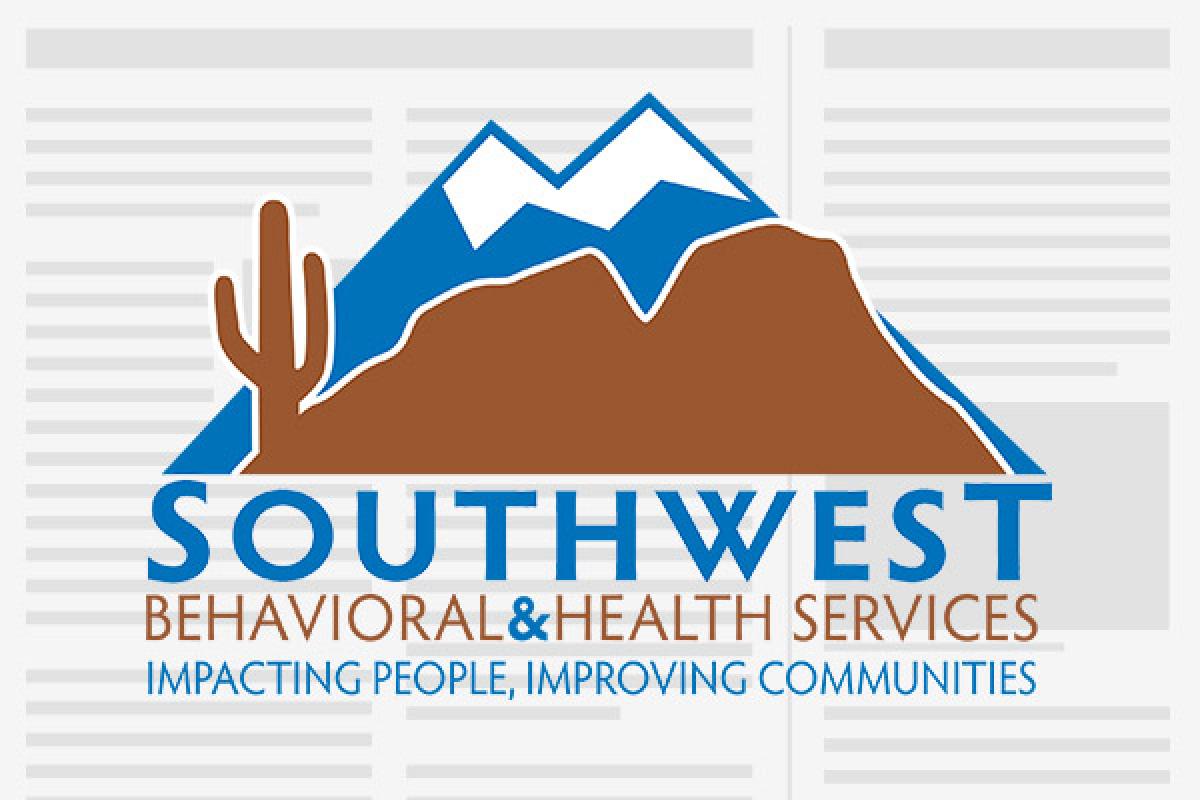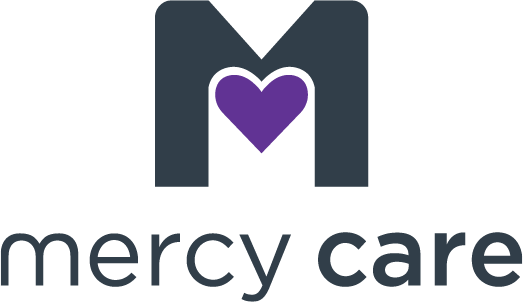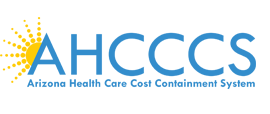
DrugFreeAZKids.org understands the importance of communicating with your children. We want to share the necessary tools and information with you for starting these important conversations. Talking with your child about the dangers of drugs can reduce the chance of them using by up to 50 percent. This is why we are bringing you a series of regular blog posts, each focusing on a specific drug. It will cover the drug’s common names, impacts and the important details parents should know.
Today’s post in our 411 Drug Series examines Molly, technically known as Ecstasy or MDMA. Though the Arizona Youth Survey 2014 reports that Molly is on the decline among the youth in Arizona, it is still important to be aware of the risks.
 What is it and what does it look like?
What is it and what does it look like?
Molly has stimulant and hallucinogenic properties, and usually comes in colorful tablets with embossed cartoon characters, symbols or logos, resembling candy.
Other street names?
· E
· X
· Adam
· Clarity
· XTC
· Hug/Love Drug
· Lover’s Speed
What are the short and long-term effects?
· Anxiety, paranoia and depression
· Muscle tension
· Nausea and reduced appetite
· Blurred vision
· Fainting
· Increased heart rate and blood pressure
· Tremors and hallucinations
· Increased body temperature, dehydration and enhanced sense of touch
· Liver and heart failure
· Death
What every parent should know:
Kids may use such paraphernalia as pacifiers, candy necklaces or rings, glow sticks, nasal inhalers, breath-sweetener and bottles to consume it. This addictive drug is often available at dance-club events known as raves.
DrugFreeAZKids.org’s mission is to provide parents with the information they need to educate their kids about dangerous substances. In addition to this blog series, we offer other valuable tools, such as webinars and evidence-based workshops to help parents raise healthy, drug-free children.
To learn more about how to prevent drug and alcohol use by teens, visit DrugFreeAZKids.org.













